Devon's grandest mansion with 164 acres, commanding views over Exmouth and a survival story
Mamhead House has been an evangelical holiday-and-conference centre in the 1950s, a special school in the 1980s, an events venue and, finally, the offices of the Forestry Commission. The current owner restored it to a family home and hopes for a new owner with cash, courage and extraordinary vision to restore Mamhead to its full potential.
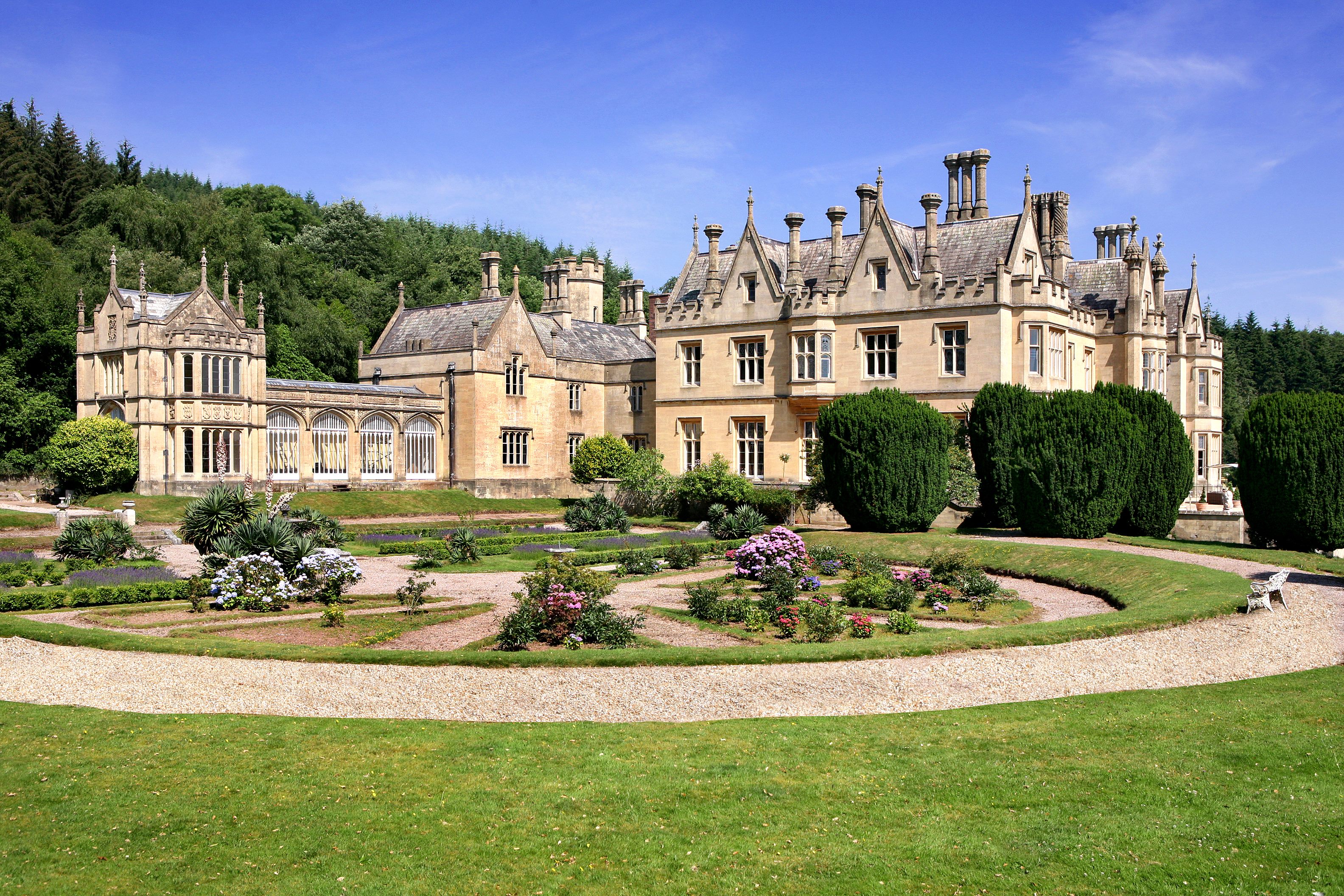

The story of east Devon’s grandest country mansion, Grade I-listed Mamhead House, set in 164 acres of glorious gardens and parkland on the slopes of the Haldon Hills north of Dawlish, with glorious views over Exmouth, is essentially one of survival.
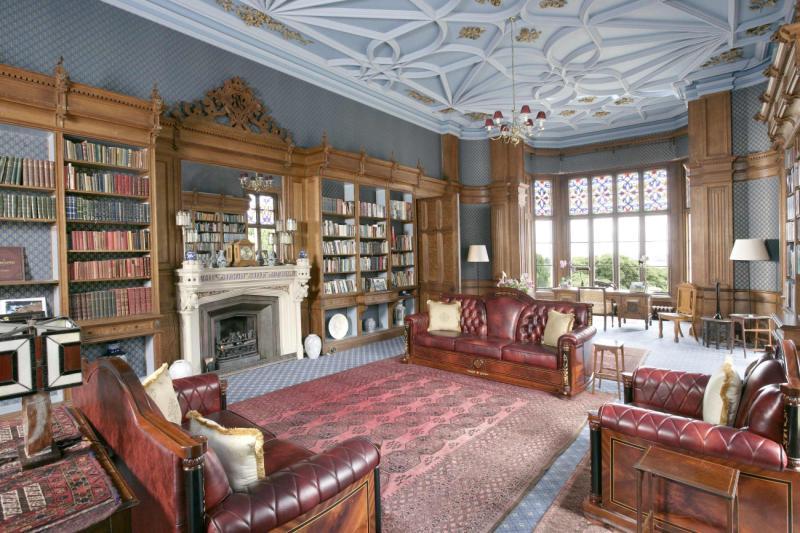
Designed by the architect Anthony Salvin, a pupil of Nash and a fervent admirer of Pugin, the vast, 37,437sq ft, late-Georgian mansion was built between 1828 and 1833 for Robert (later Sir Robert) Newman, MP for Exeter – an enormously rich shipping magnate whose forebears were described locally as ‘adventurers’. Mamhead is now on the market through Strutt & Parker, at a guide price of £10 million.
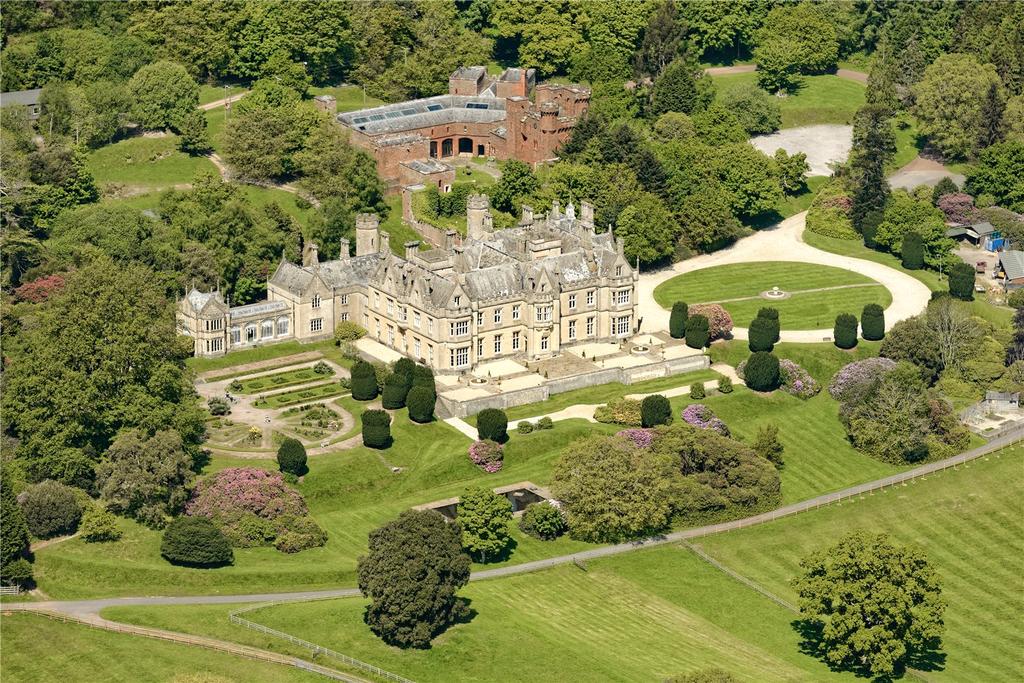
Inspired by a ground plan proposed by Charles Fowler of Plymouth in 1822, Salvin’s brief was to create a grand mansion in the Tudor style with Classical influences, siting the house to make the most of the spectacular coastal views, while nestling it securely within the surrounding woodland.
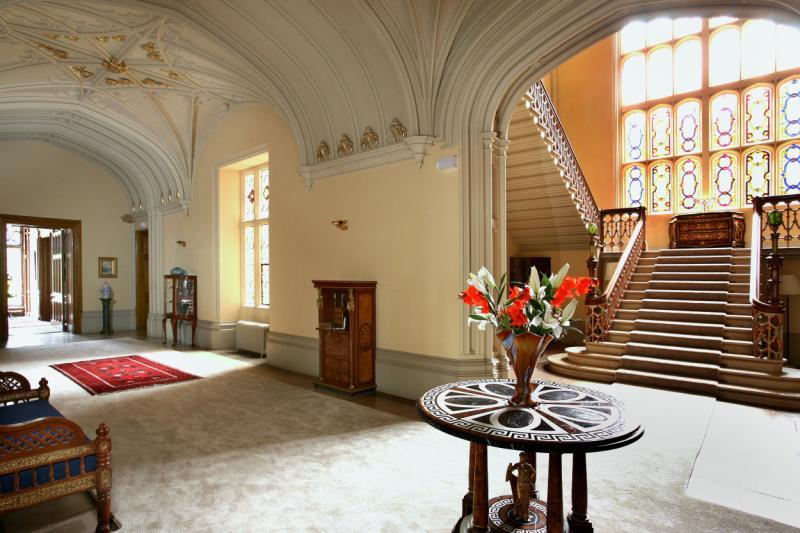
This Salvin did brilliantly, combining the grace of the late-Georgian style with the drama and colour of Gothic interiors, the whole executed to the highest standards of craftsmanship and attention to detail. According to Country Life (June 2, 1955), the high standard set at Mamhead ‘contrasts notably in the fine quality of its materials and workmanship with the jerry-built ostentation of much early-19th-century architecture’.

Sir Robert Newman was succeeded in 1848 by his son, Capt Sir Robert Lydston Newman, who was killed at the Battle of Inkerman in November 1854, after which Mamhead passed to his brother, Sir Lydston, whose son, a prominent churchman, was created Lord Mamhead in 1931.
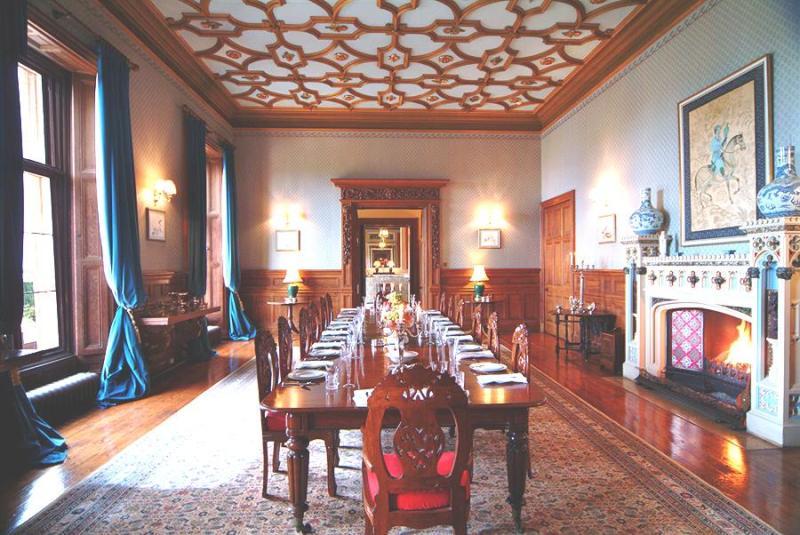
He died unmarried in 1945, leaving the life tenancy of the estate to his brother-in-law, Frederick Lumley, together with the contents of the mansion. On succeeding in 1948, Sir Ralph Newman, a great-grandson of the 1st Baronet, was able to buy back the furnishings, but eventually abandoned the idea of trying to live on the scale imposed by such a house.
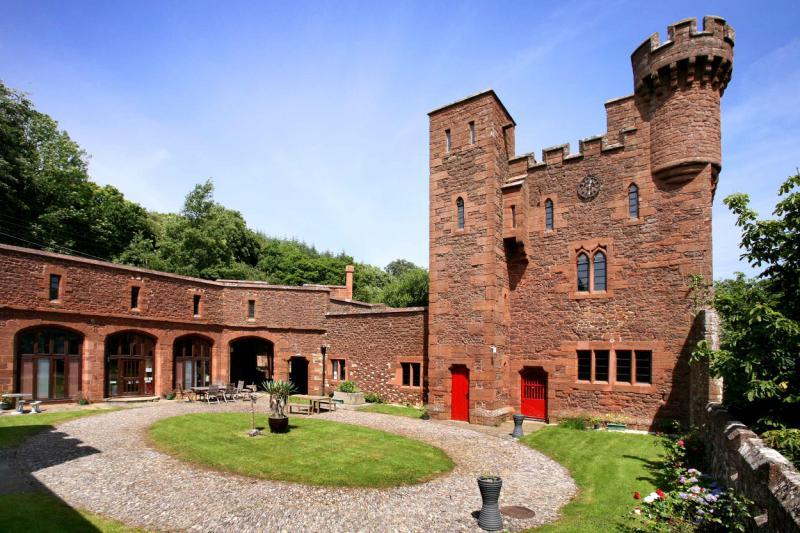
Thereafter, Mamhead served a number of institutional roles: an evangelical holiday-and-conference centre in the 1950s, a special school in the 1980s, an events venue and, finally, as the offices of the Forestry Commission, until, in 2013, it was bought by the current owner, an overseas investor with substantial property interests in the UK.
Sign up for the Country Life Newsletter
Exquisite houses, the beauty of Nature, and how to get the most from your life, straight to your inbox.
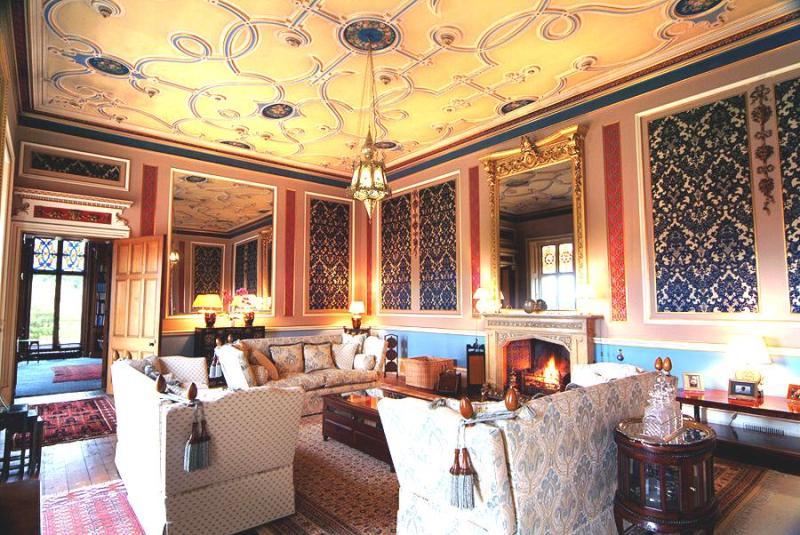
Having considered a number of alternative uses for the estate, which has been carefully maintained throughout his tenure, he has now opted to put Mamhead House back on the market.
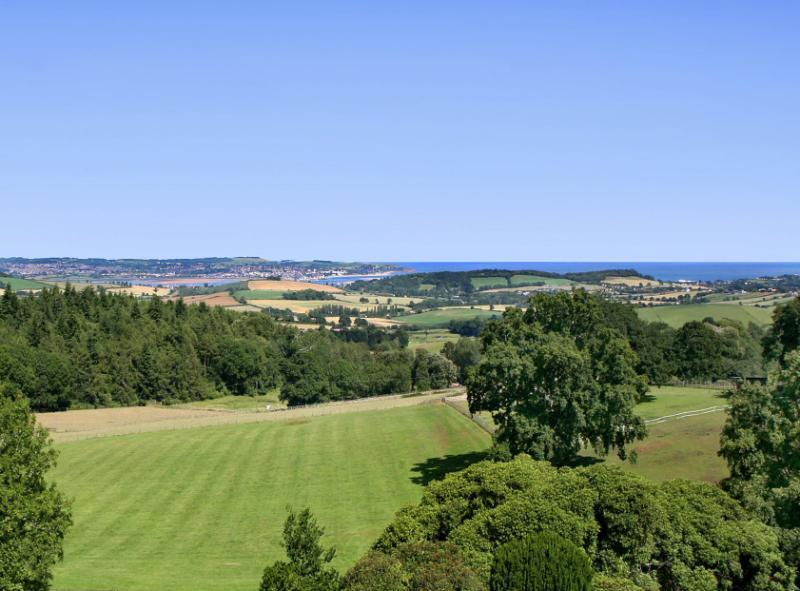
It will take a buyer with cash, courage and extraordinary vision to take on this remarkable house and realise its full potential. With its grand reception rooms, wonderful fan-vaulted staircase, vast galleried halls, landings and corridors, extensive domestic offices, 16 main bedrooms, eight bathrooms, 11 attic rooms and romantic camellia house, Mamhead House represents a considerable challenge for any investor, but also an opportunity to preserve and enhance a unique estate that has remained, quite magnificently, untouched by time.
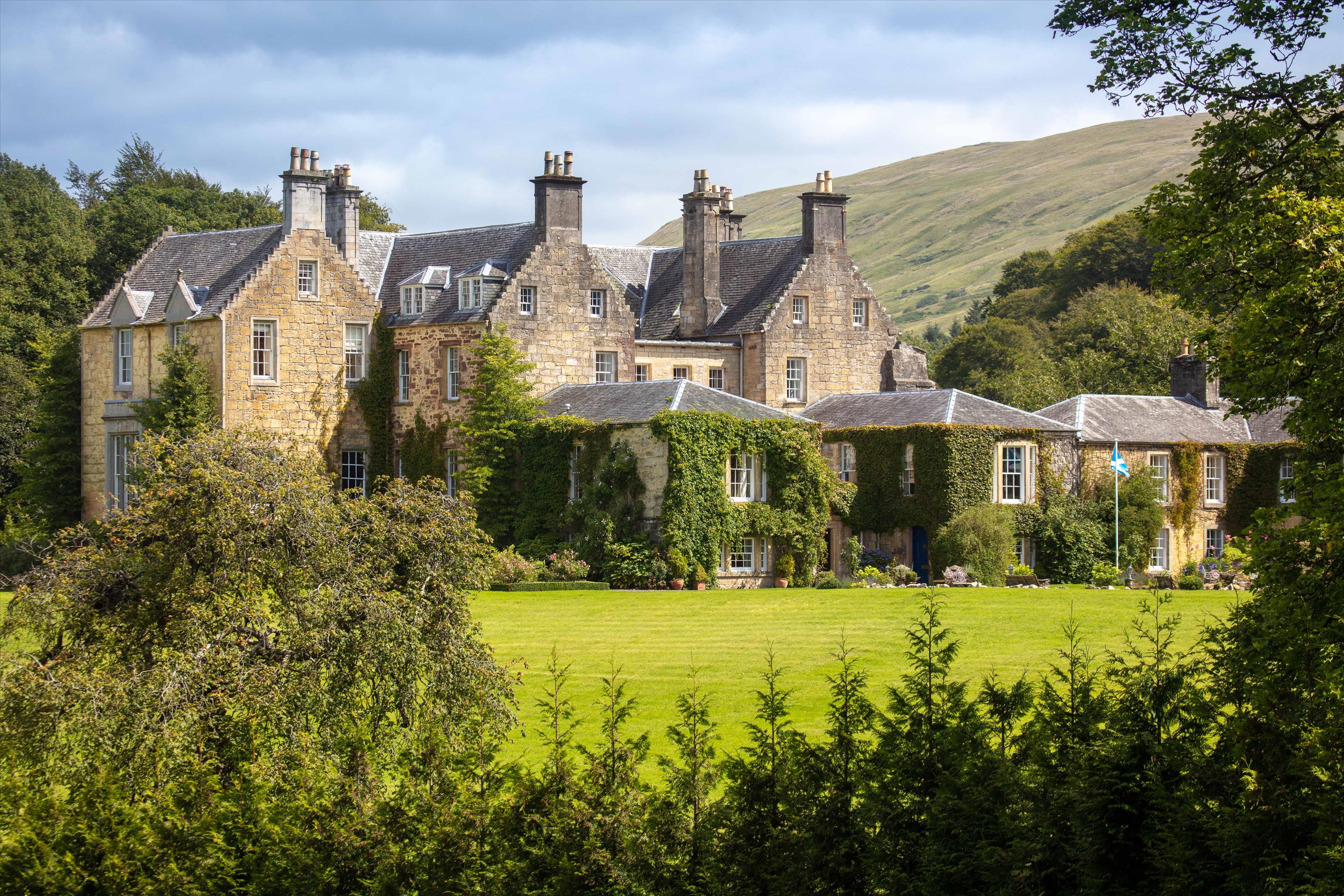
Spectacular Scottish castles and estates for sale
A look at the finest castles, country houses and estates for sale in Scotland today.
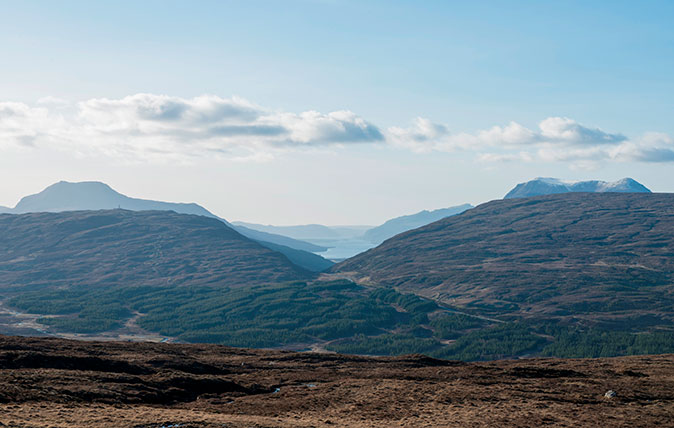
A breathtaking West Highlands estate with mountains, forests and lochs to call your own
A magnificent sporting estate, extending to 11,105 acres in total, has come to the market in the West Highlands – and

An Isle of Wight 'super-cottage' built by Queen Victoria and Prince Albert is up for sale
Queen Victoria's children and guests lived for years in the exquisitely detailed Osborne Cottage, which offers its buyer the opportunity
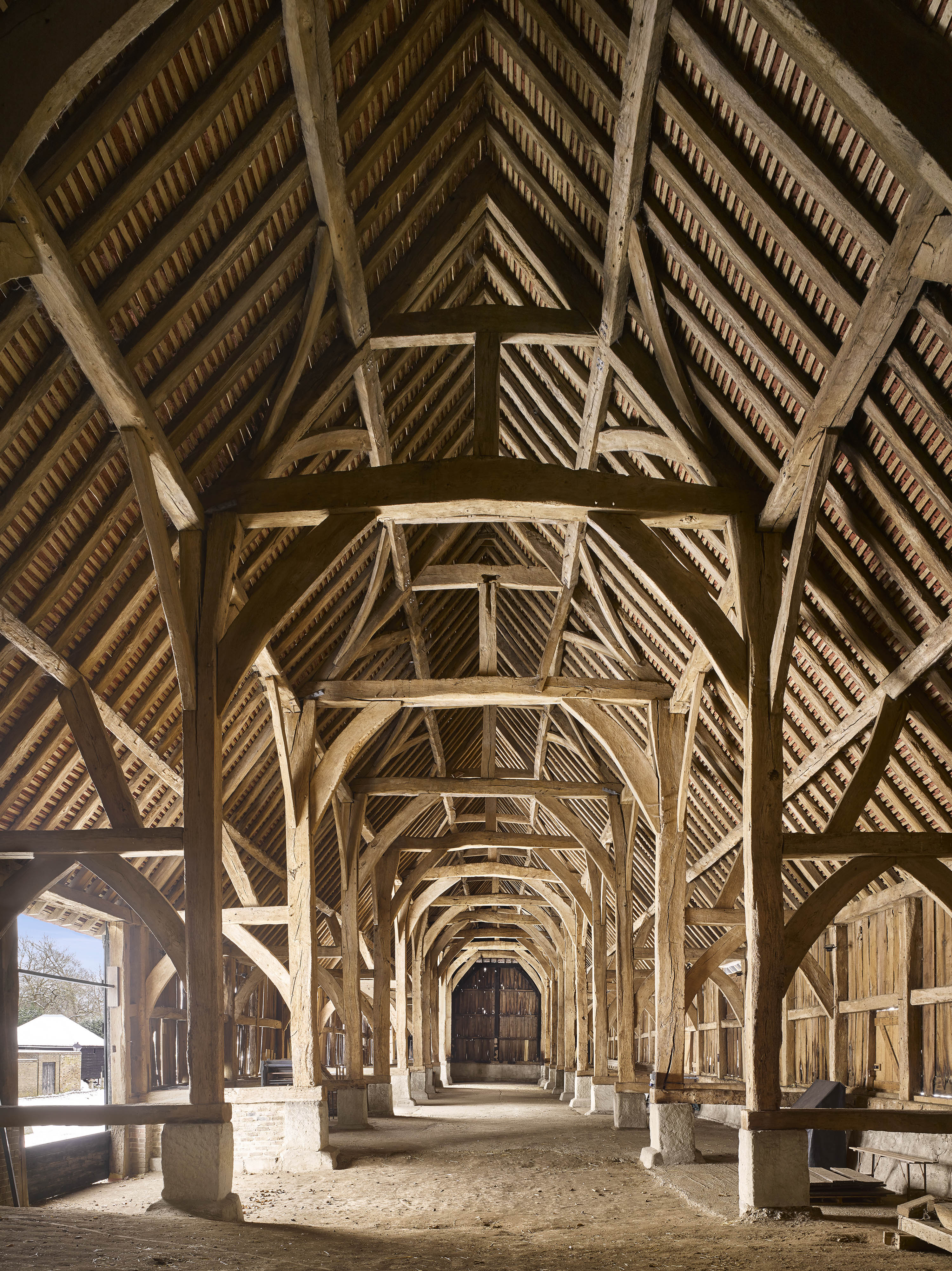
The Great Barn at Harmondsworth: 600 years of grandeur, history and restoration, now under threat by Heathrow's third runway
The Great Barn at Harmondsworth is the largest standing medieval timber-framed structure in Britain – and it has just been restored.
-
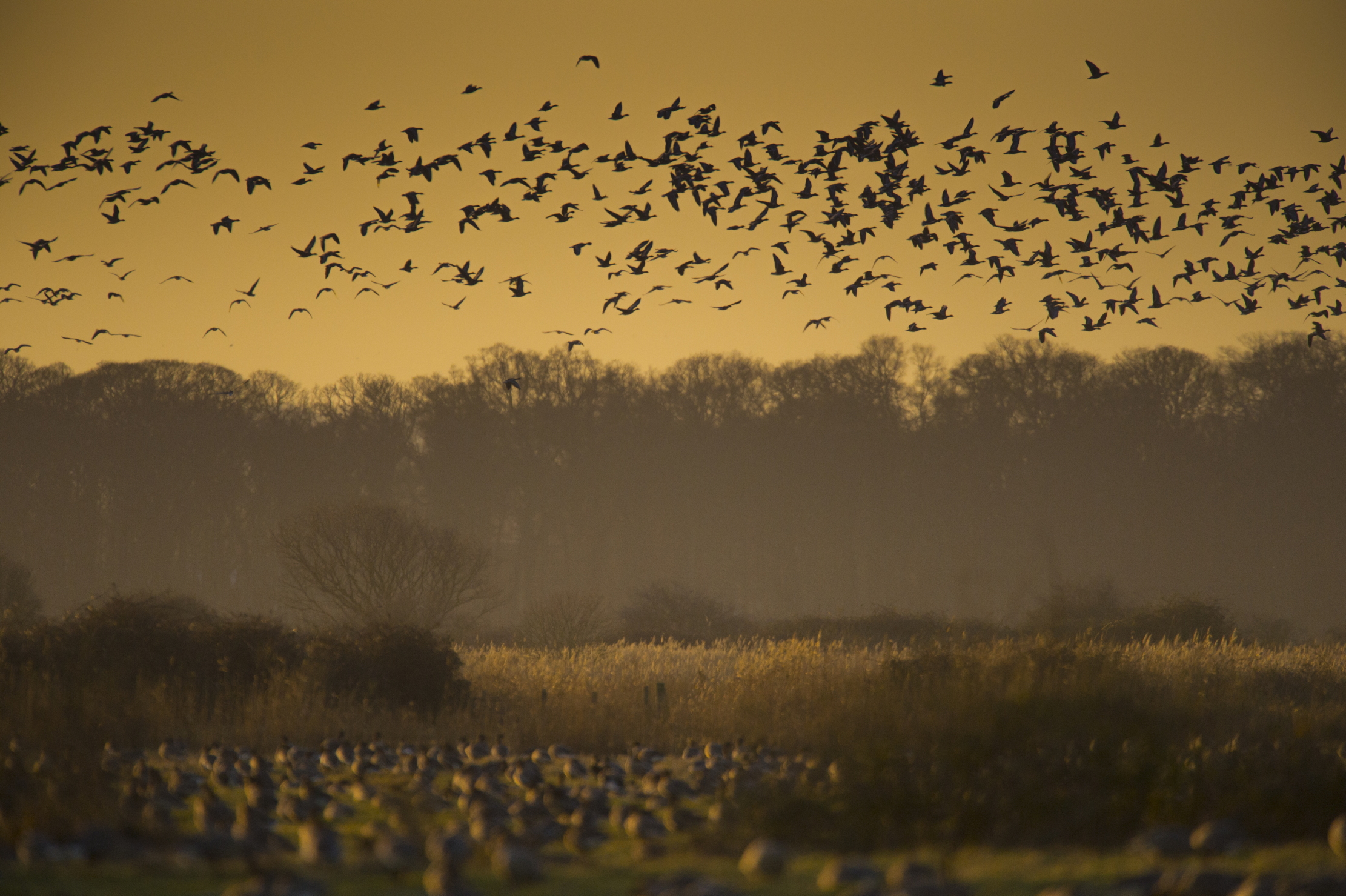 How an app can make you fall in love with nature, with Melissa Harrison
How an app can make you fall in love with nature, with Melissa HarrisonThe novelist, children's author and nature writer Melissa Harrison joins the podcast to talk about her love of the natural world and her new app, Encounter.
By James Fisher Published
-
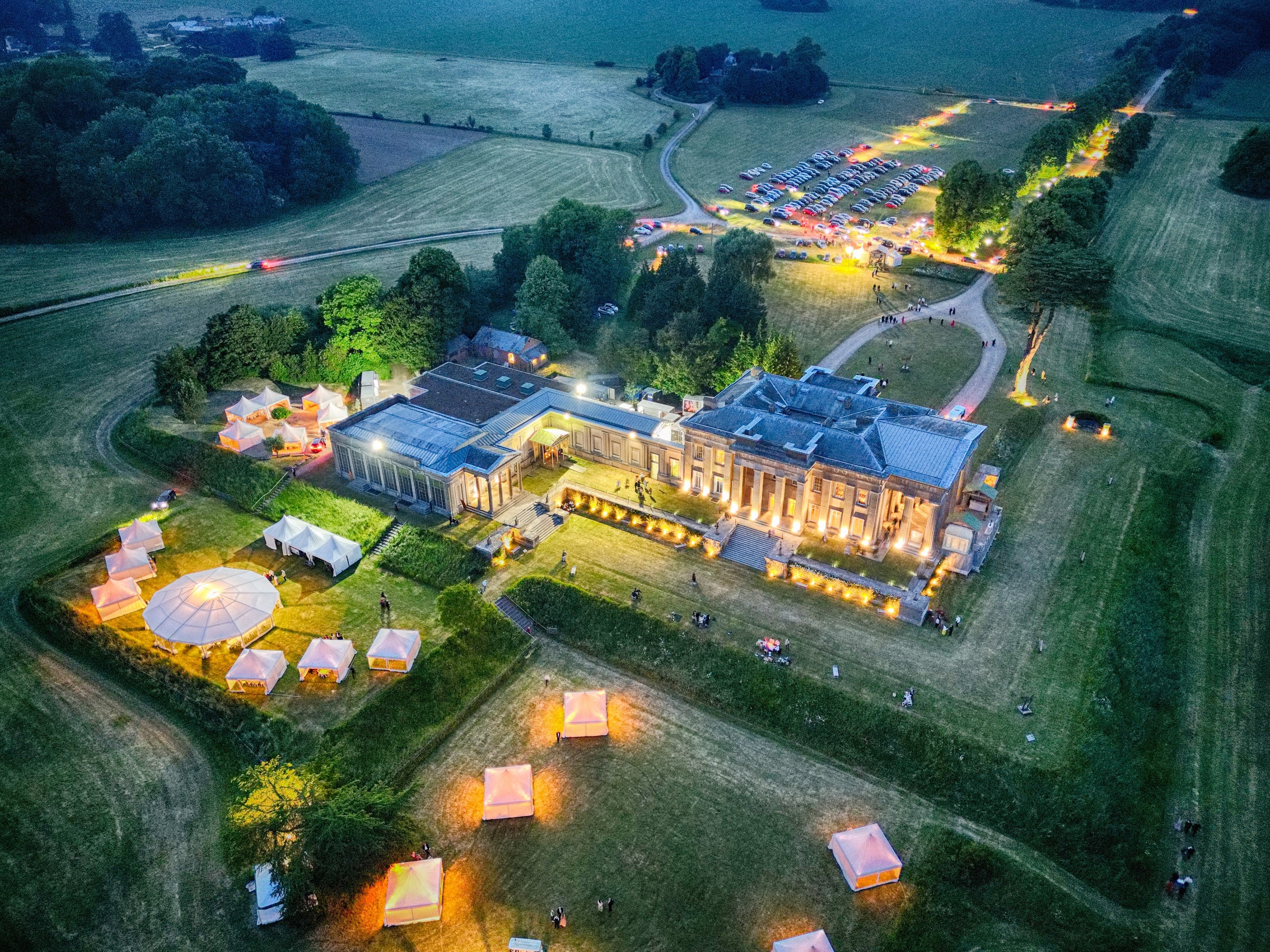 'There is nothing like it on this side of Arcadia': Hampshire's Grange Festival is making radical changes ahead of the 2025 country-house opera season
'There is nothing like it on this side of Arcadia': Hampshire's Grange Festival is making radical changes ahead of the 2025 country-house opera seasonBy Annunciata Elwes Published
-
 Welcome to the modern party barn, where disco balls are 'non-negotiable'
Welcome to the modern party barn, where disco balls are 'non-negotiable'A party barn is the ultimate good-time utopia, devoid of the toil of a home gym or the practicalities of a home office. Modern efforts are a world away from the draughty, hay-bales-and-a-hi-fi set-up of yesteryear.
By Annabel Dixon Published
-
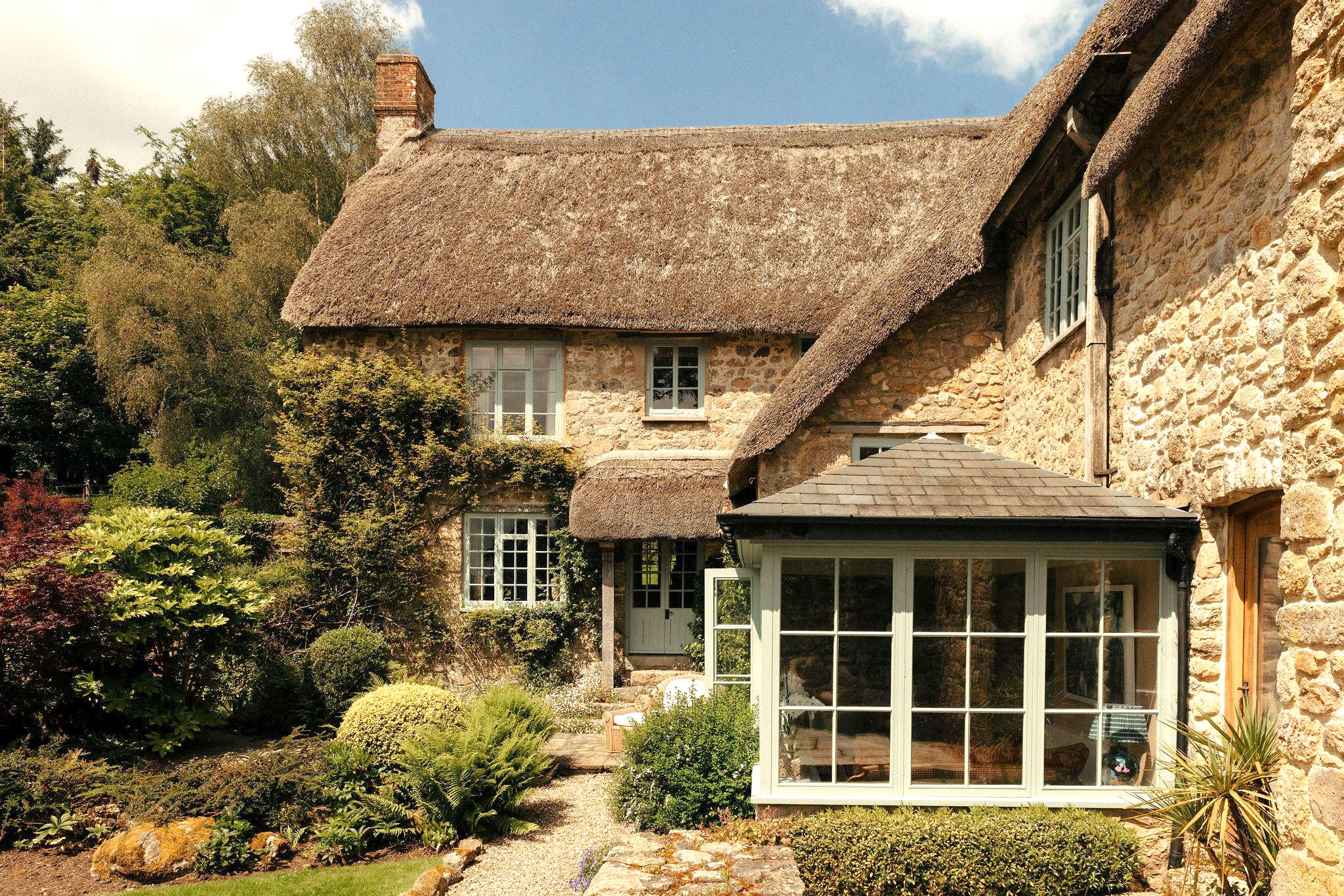 Five beautiful homes, from a barn conversion to an island treasure, as seen in Country Life
Five beautiful homes, from a barn conversion to an island treasure, as seen in Country LifeOur pick of the best homes to come to the market via Country Life in recent days include a wonderful thatched home in Devon and a charming red-brick house with gardens that run down to the water's edge.
By Toby Keel Published
-
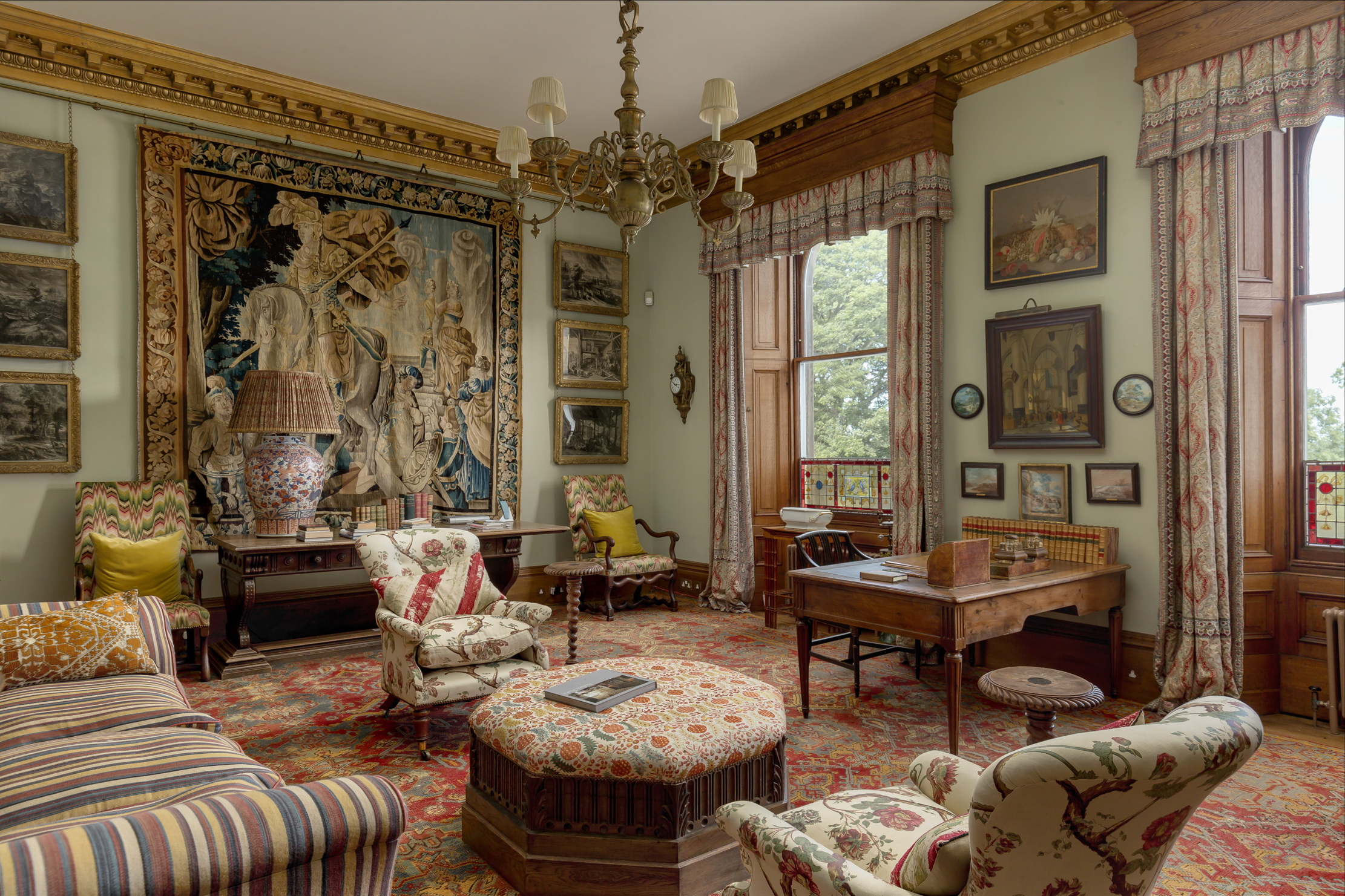 The finest interiors in Edinburgh? A seven-bedroom townhouse furnished by Robert Kime comes to market
The finest interiors in Edinburgh? A seven-bedroom townhouse furnished by Robert Kime comes to marketSituated on one of the New Town's grandest terraces, this four-storey property is a collector's dream.
By James Fisher Published
-
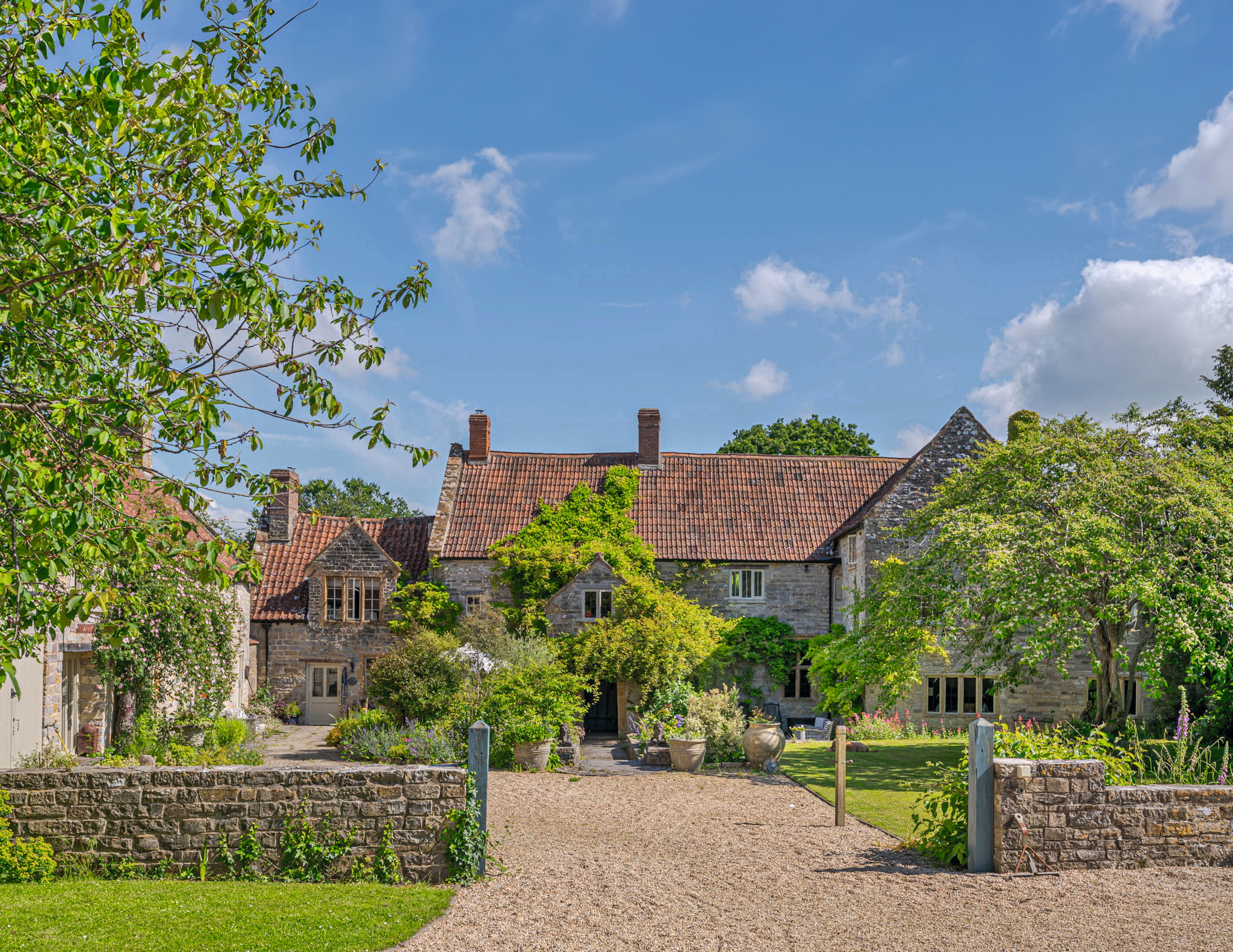 A Grade II*-listed country manor with one of the most beautiful drawing rooms in England
A Grade II*-listed country manor with one of the most beautiful drawing rooms in EnglandIf Old Manor Farm in Somerset is good enough for Pevsner, it's good enough for you.
By Penny Churchill Published
-
 An eight-bedroom home in Surrey where an army of robots will look after your lawns
An eight-bedroom home in Surrey where an army of robots will look after your lawnsDo not fear the bladed guardians of Monksfield House. They are here to help.
By James Fisher Published
-
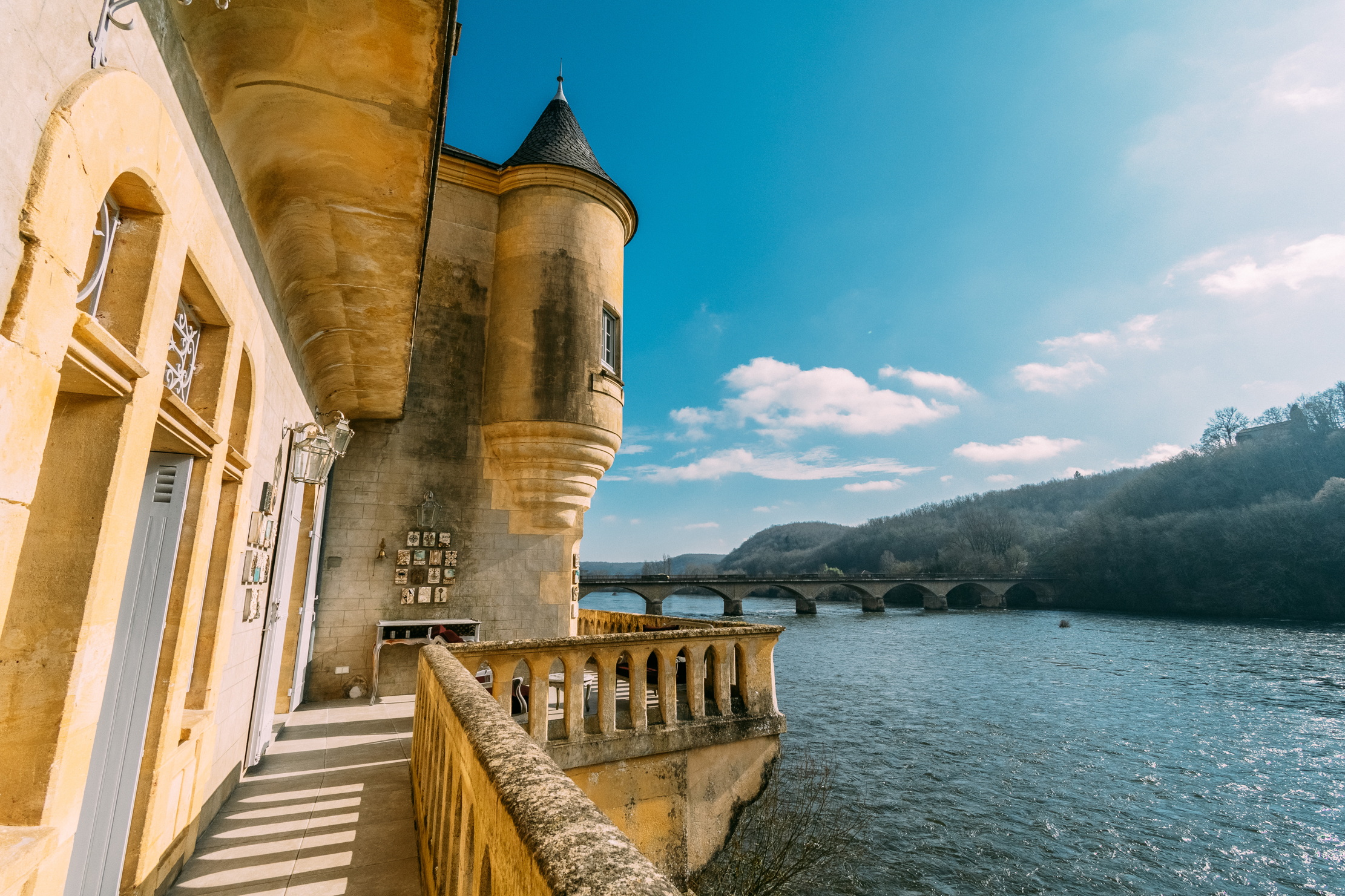 A French castle for sale on the banks of the Dordogne? With a swimming pool? Where do we sign?
A French castle for sale on the banks of the Dordogne? With a swimming pool? Where do we sign?This chateau in Lalinde is nothing short of a historical delight in the south of France. And it comes fully furnished.
By James Fisher Last updated
-
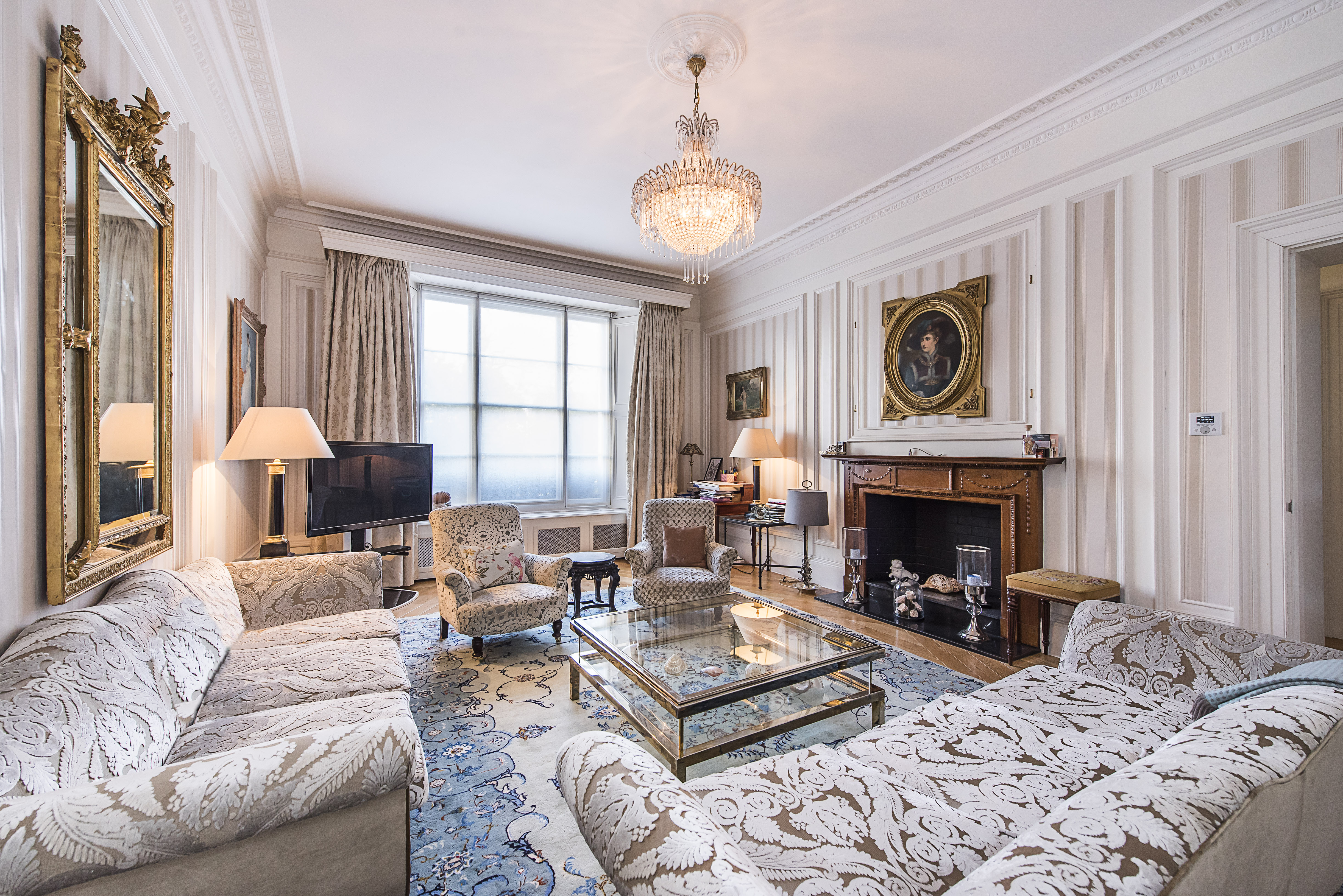 Sip your morning tea where Churchill once paced, as his former Pimlico home comes up for sale
Sip your morning tea where Churchill once paced, as his former Pimlico home comes up for saleThe five-bedroom flat in Eccleston Square offers ‘historical gravitas and modern comfort’ in a leafy pocket of London.
By Annabel Dixon Published
-
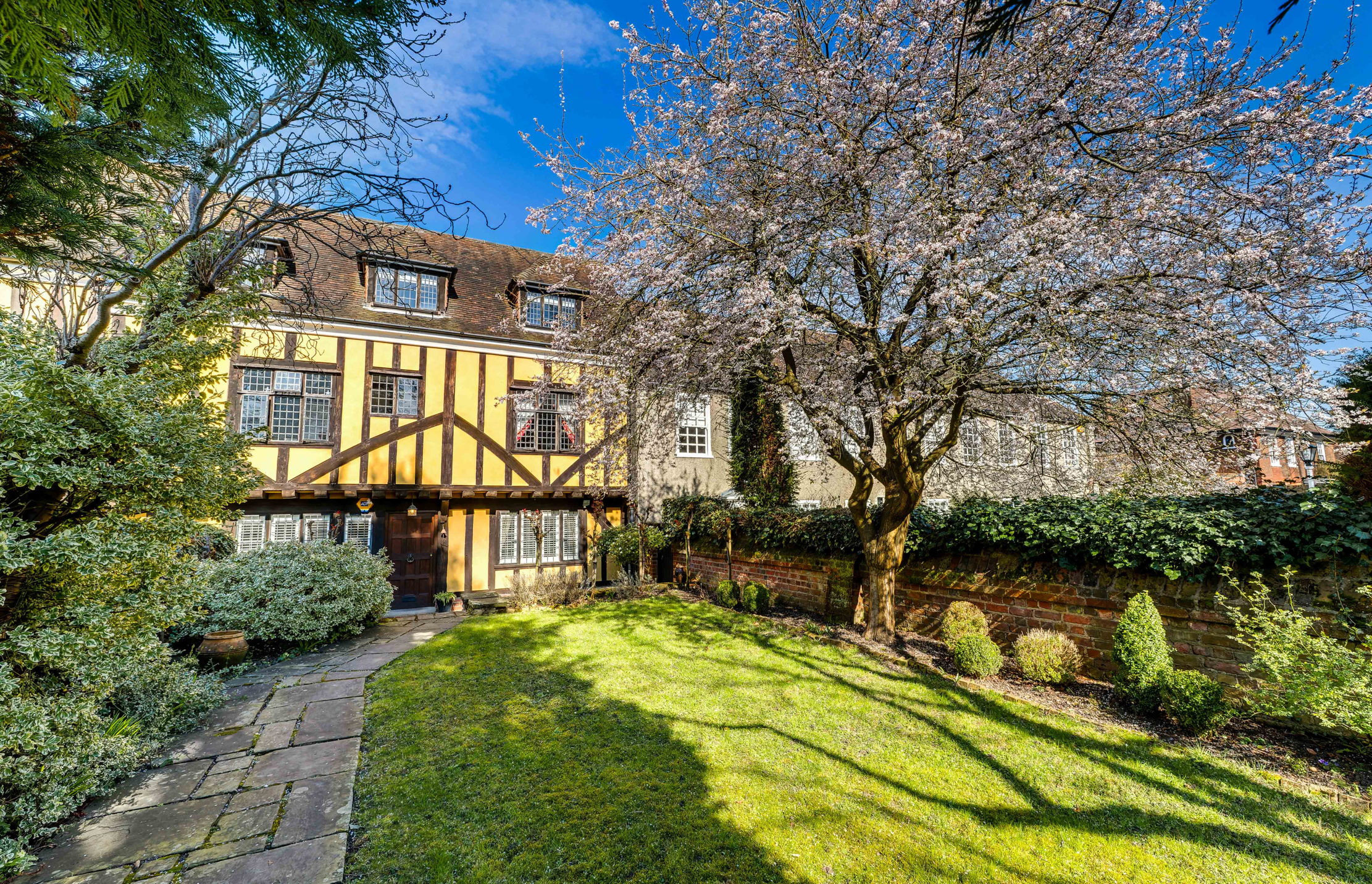 Live a life of Tudor fancy in this five-bedroom London home with links to Cardinal Wolsey and Henry VIII
Live a life of Tudor fancy in this five-bedroom London home with links to Cardinal Wolsey and Henry VIIIFans of Wolf Hall rejoice, as a rare chance to own a Tudor home inside the M25 comes to market.
By James Fisher Published
